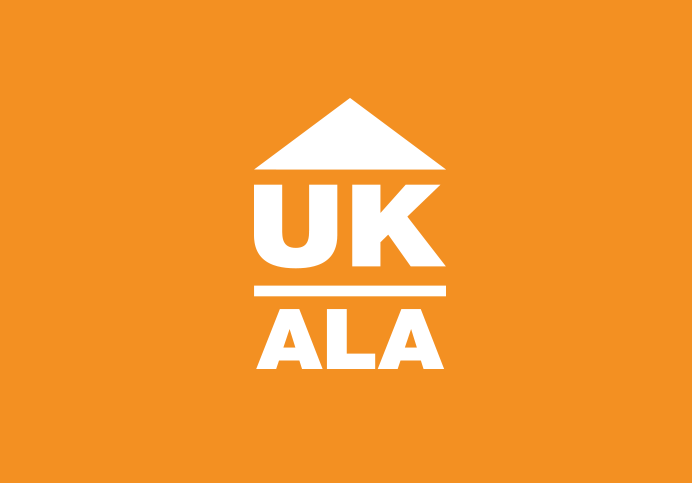
Refusal to Leave
What to do if your tenant doesn’t leave.
If the dates on your notices have passed and the tenant has still not gone, it is important to remember that they cannot be removed without a court order. You should seek advice from a solicitor who can assist you in raising court proceedings. In the meantime your tenant will have a Statutory Assured Tenancy where the rights and obligations for both parties remain. This means that your tenant will still be due to pay the rent and you must continue to carry out any repairs.
What to do if your tenant doesn’t leave.
If the dates on your notices have passed and the tenant has still not gone, it is important to remember that they cannot be removed without a court order. You should seek advice from a solicitor who can assist you in raising court proceedings. In the meantime your tenant will have a Statutory Assured Tenancy where the rights and obligations for both parties remain. This means that your tenant will still be due to pay the rent and you must continue to carry out any repairs.
Examples
The tenant doesn’t pay their rent
If after speaking or writing to your tenant, you are still not satisfied with unpaid or late rent payments, you can serve a Notice to Quit and an AT6 using grounds 8, 11 and 12. Depending on your lease agreement you may not require to serve the Notice to Quit. You can only take this course of action if you have specified the three grounds in the lease. This is because of Section 18(6) of the 1988 Act.
This section provides for a landlord to avoid having to serve a Notice to Quit coinciding with the ish date, should you be able to rely on grounds 1, 2, 5, 6, 7, 9 or 17 and should your Tenancy Agreement specifically refer to these grounds. If the Tenancy Agreement does not make provision for the tenancy to be brought to an end on the grounds in question then the court cannot make an order for possession in terms of Section 18(6). If utilising Section 18(6) you have to serve Form AT6 narrating the grounds you are relying upon and the reasons for doing so and allow for the relevant period of notice pertinent to those grounds.
Ground 8 (where the rent is 3 months or more in arrears) is the only rent arrears ground where the sheriff must grant you an order for repossession.
The sheriff has discretion if you are only using ground 11 (frequent late payment) and/or ground 12 (some rent is unpaid).
If rent is late or unpaid because of a fault or delay caused by housing benefit which is not the tenant’s fault, then the court may take the view that the rent is not “lawfully due” and may not enforce Ground 8.
Antisocial behaviour problems
A tenant can be evicted from an assured tenancy or a short assured tenancy because of antisocial behaviour (ground 15).
A sheriff can grant a Decree for Eviction if a tenant, a member of the tenant’s family or a visitor, has caused nuisance or annoyance to neighbours or has been convicted of illegal or immoral use of the premises. Ground 15 is a discretionary ground and a Sheriff will only grant a Decree for Eviction if he thinks it is reasonable to do so.
It is always preferable to end a Short Assured tenancy at its end date (the ‘ish’) as you are guaranteed recovery of possession.
Grounds for an Eviction
The Housing (Scotland) Act 1988 lists seventeen grounds which can be used to get your property back.
Some of the Grounds are mandatory.
This means that if you can prove the reason applies, the sheriff must give you a court order which allows you to get your property back.
Some Grounds are discretionary.
This means that even if you can prove the reason applies, the sheriff must decide it is reasonable to let you have the property back.
Even if you use a mandatory ground there are some defences which a tenant can use. It is important that you get proper legal advice.
If you are completing an AT6 form you must write the grounds out in full. The full grounds are listed in Schedule 5 of the Housing (Scotland) Act 1988. You must also provide full reasons in respect of each ground.